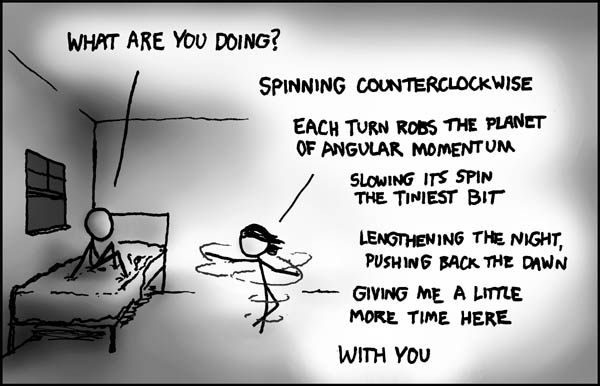How to dissect a paper by Ellen Gottlieb, 2003. Given to me from a teacher and it does help. A lot. Hope it helps you too.
Overview:
- Look at the title and authors.
- Read the abstract.
- Look at the figures to access quality (If they don’t look good, keep this in mind when assessing the paper)
- Read the last paragraph of the introduction which will give you the objective, the rationale and the approach
- Read the first paragraph of the discussion which will give you the objective, approach and major conclusion(s)
- Read the last paragraph of the discussion which will give you the implications and possibly future directions.
- Now read the paper through from being to end and critically analyze the paper.
- You might also want to look through the reference titles for additional info or other papers that might interest you.
When dissecting a paper, Ask yourself:
- What is the overall objective of this paper?
- What is the approach?
- What is the point of each figure or group of figures?
- What do the data actually prove? (Note: Figures which do not address objectives of the paper may be extraneous and could be eliminated or just mentioned in passing in a short presentation)
- Are the conclusions in the paper supported by the actual data or are alternate conclusions appropriate?
- What might you do next given their data?
Remember:
- Just because a paper is published, doesn’t mean it is correct
- A paper may have excellent data but incorrect (or skewed) conclusions. Base your future experiments on what the data show and not necessarily on the authors’ conclusions. This is often a good place to start on a new exciting experiments. Another good place for ideas on future experiments is the last paragraph of the paper.
